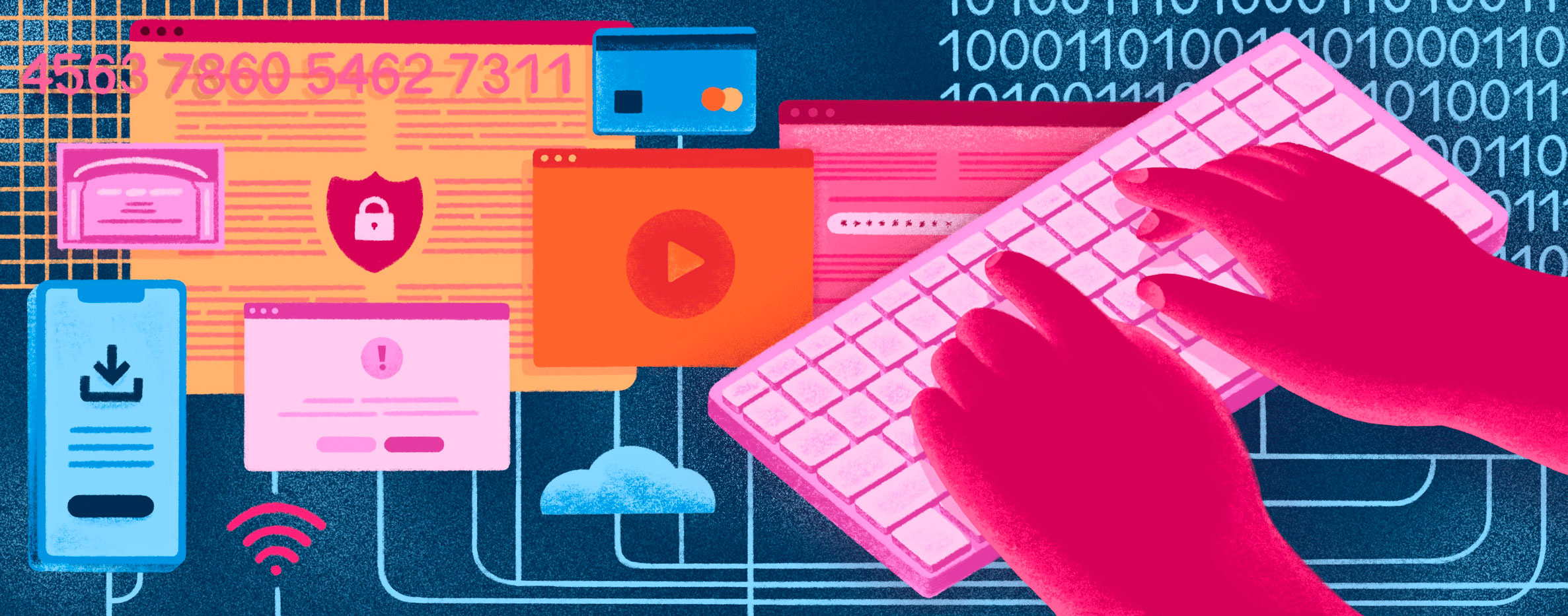
Here's how Digital Citizenship aligns with curriculum standards in Alabama. Use the filters to change the location, set of standards, and grade level.
Citizen of a Digital Culture - Safety, Privacy, and Security
Standards
Defined by Digital Literacy and Computer Science 9th-12th Grades and align with Digital Citizenship11: Model and demonstrate behaviors that are safe, legal, and ethical while living, learning, and working in an interconnected digital world.
Standards
Defined by Digital Literacy and Computer Science 9th-12th Grades and align with Digital CitizenshipCitizen of a Digital Culture - Digital Identity
Standards
Defined by Digital Literacy and Computer Science 9th-12th Grades and align with Digital Citizenship